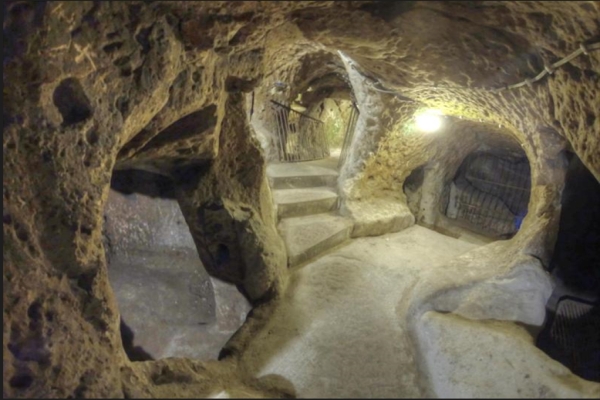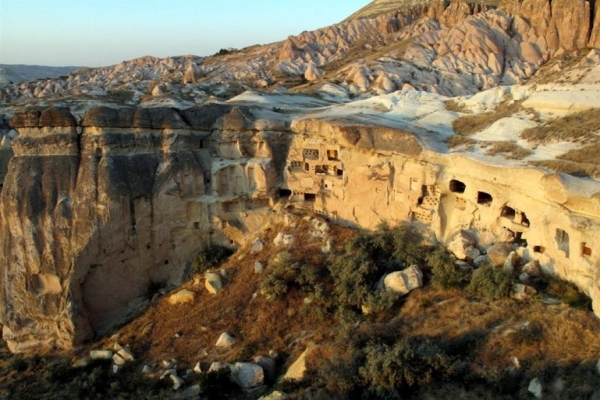Underground cities
- POSTED ON: 19 Jan, 2019
- TOTAL VIEWS: 628 Views
- POSTED BY: M. A. Siraj
You may have seen cellars and basements, used mainly for parking and locating sumps. As space is scarce in big cities, they could be two levels or three levels below road level. Most often these are spooky, eerie and frightening places. But, imagine if there was a city underground with nearly 20,000 people living there, tending cattle, running wineries, dairies, flour mills and oil pressing units?

The Cappadocia region in central Turkey has many such cities which were carved out of soft volcanic rock. It went down deep and usually accommodated thousands of tribesmen and women. In one case, one of these cities had 15 floors accommodating around 20,000 people. It is known as Derinkuyu. It is in Nevsehir province of modern Turkey. Not one or two, dozens of such cities were carved out of the ground in Turkey thousands of years ago. Even more interestingly, they were connected by underground tunnels which in some cases ran for several kilometres.
The Turkish Cultural Department estimates that earliest of such settlements were created by the Phrygians, an Indo-European people, around 500 to 700 B.C. to protect themselves from enemies. The first floor was usually used as stables for horses and cattle. Stairs would lead below to granaries and wineries. Further down would be prayer rooms and schools. In 1963, the tunnels were rediscovered after a resident of the area found a mysterious room behind a wall in his home. Further digging revealed access to the tunnel network.

Shelter
It is estimated that the tunnels were in use as late as in the 20th century, to escape the sporadic waves of wars. In 1923, the Christian inhabitants of the region were expelled from Turkey and moved to Greece in the population exchange between Greece and Turkey, and the tunnels were abandoned. The Turkish Tourism Department opened it to tourists in 1969. In some places the staircases are vertical, created by carving triangular niches into the ground. As you walk through the tunnels, you will be amazed by the subterranean network of tunnels. The city was connected with other underground cities through tunnels.
A 180-ft vertical shaft runs through all floors providing ventilation as well as facilitating pots of water to be lowered to the residents on the lower floors. The access to the shafts can be closed by boulders. Today, however, the Tourism authorities have covered them with grills or gates to make it safe for visitors, yet giving them a peek into the past.

Derinkuyu was connected with another such city called Kaymakali through an eight-km tunnel. Archaeological excavations have unearthed nearly 200 such underground cities in Turkey in the last 50 years. Of these, at least 40 have three or more levels. Generally, tourists who visit Turkey, also visit the Cappadocia region. Most of these underground cities are located between Kayseri where there is an airport, and Nevsehir.